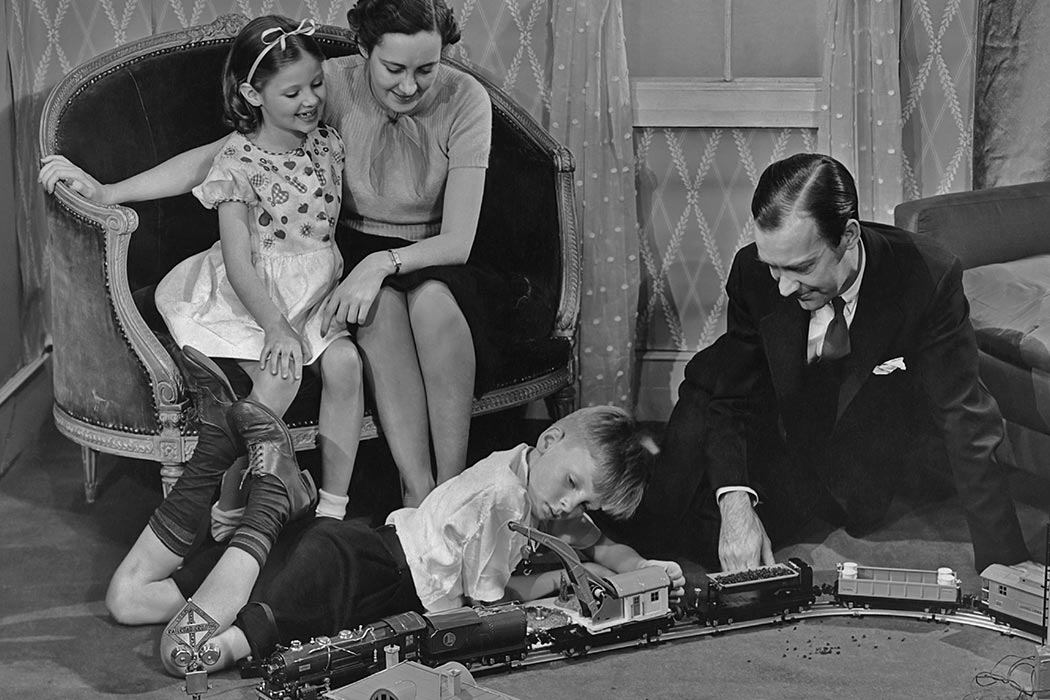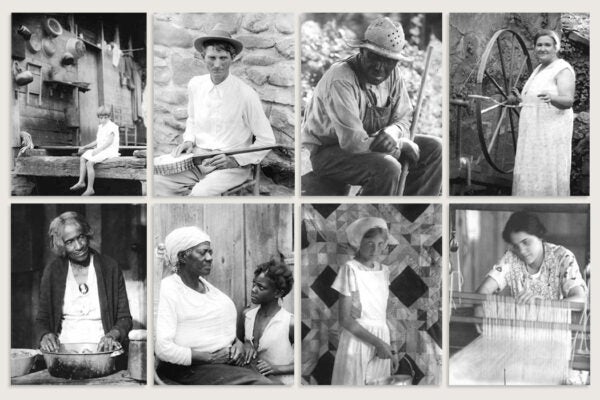The end of World War II was a watershed moment for Americans. They mourned their losses, welcomed veterans back home, and prepared for the first real moment of economic prosperity since the Great Depression. As incomes rebounded and a new middle class began to rise, writes James A. Jacobs, something else started happening: Americans started clamoring for family rooms.
In fact, writes Jacobs, the idea was a novel one. Magazines touted it as “a new idea, a new room” that embodied casual living, provided space for easy relaxation, and helped connect families living in suburban areas for the first time. Family room fans promoted the space as a locus for the equal, easy interaction between parents and children, a kind of utopia of easy living “that challenged formerly inflexible class lines” by abandoning the formality of the stuffy parlor or living room. As more and more families headed to less urban areas, writes Jacobs, there was an increasing need for casual spaces that could act as a home’s “living center,” even as the kitchen remained its symbolic “working center.”
At first, Jacobs notes, the room’s purpose was vague and multifunctional, but as the 1950s progressed it became oriented towards leisure alone. As the middle class rose, says Jacobs, it was increasingly important to prove that one had access to leisure-only spaces as a class marker. In addition, he writes, housewives began to clamor for more physical separation between their household tasks and the general uproar of their families. Eventually, Jacobs writes, living rooms became associated with display and entertaining, while family rooms became a place where a family could let its hair down.
From basement “rec rooms” to those located next to a formal living room, family rooms were the must-have class marker of the 1950s. They influenced architecture, too, says Jacobs: they became part of a “two-zone structure” that enabled both public and private leisure through the pairing of living and family rooms. Along the way, they served as a microcosm for social change, as well—not too bad for a simple room.







